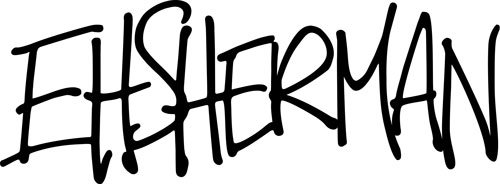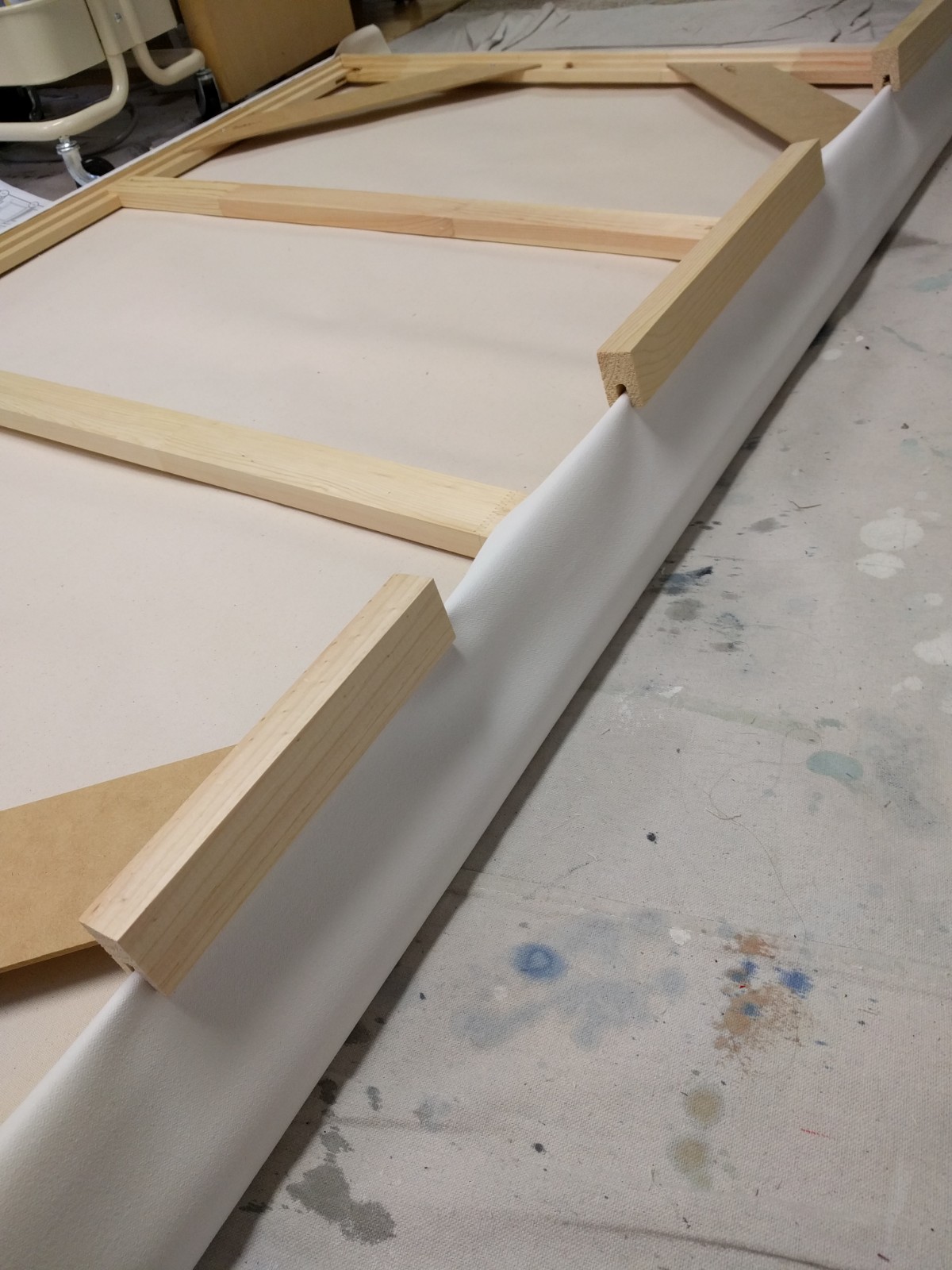Problem Solving with Fredrix Pro-Series Dixie Canvas Kit
I love working on commissions. Creativity, problem-solving, getting to speak with clients; the process combines some of my favorite parts of being a working artist. As much as I try to make sure everything is ready, planned and budgeted correctly, as with any long-term project— issues can arise that could possibly derail the progress.
In this case I’m excited to share an issue that came up in the initial planning stage -- which I can happily report is solved.
Staying within a budget for a project is incredibly important to me. I value my clients time and information and do everything I can to make sure the finished version aligns with the initial projected cost. On this project, the canvas was large enough (40 x 60) that it wouldn’t leave a lot wiggle room for the shipping. Well, not any in truth, and thus made the project less than feasible. We didn’t want to break the sketch into two pieces for cheaper shipping, and moving to paper to roll it up wouldn’t work with our sketch either. Feeling really dismayed that I wouldn’t be able to make this project fit in the budget, I tried one last option.
The Fredrix Dixie-Pro rollup canvas kit.
The kit is a rolled, pre-gessoed length (multiple sizes to pick from) of Fredrix’s Dixie Pro canvas. It’s stapled on one side with a sturdy cardboard tube in the middle to support the canvas and is packaged with all the appropriate sized stretcher bars and their patent-pending stretching tool. By using the kit I can stretch it in my studio, paint the work, undo the canvas and repackage in it's original long, thin box to send out. With this arrangement shipping is far, far less of a concern and makes the project 100% feasible.
What I needed:
-Electric drill
-Staples/Staple gun
((Everything else is included in the kit.))
To put it together, I simply unrolled the canvas on my vacuumed studio floor, and aligned the stretcher bars. From there I screwed in the cross pieces at 90 degree angles and added the crossbeams. Once the frame was together I used the provided tool system to stretch the canvas and staple down.
I usually stretch my canvases by hand, or by using a set of metal stretcher clamps --- but I was seriously so impressed with the Fredrix kit stretching system. It was incredibly easy to get a perfect tautness in the canvas, and even easier to staple down. If I was stretching the kit without the disassembly I’d cut the extra canvas off and fold the corners - but since my client will be re-stretching on her end I left the extra.
The canvas was easy to build, and will be just as easy to take apart to save on transit fees. I’m ridiculously thrilled that it solved the shipping problem and made this project possible --- and can’t wait to start the painting phase!





